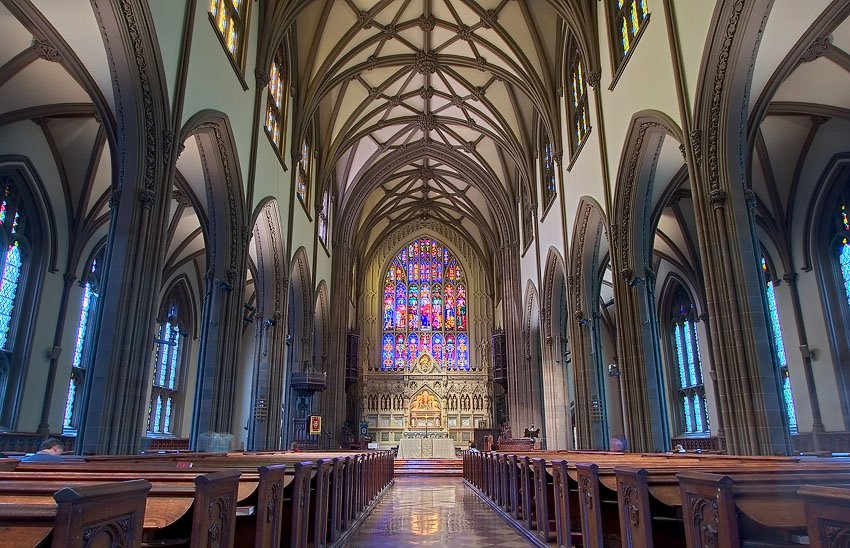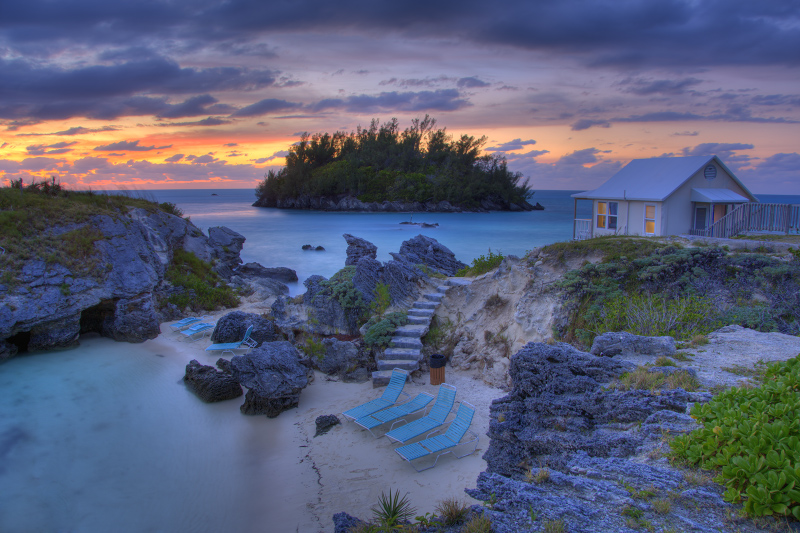radiantdreamer
Member
mrkgoo said:In my opinion, your shots posted above seem a little 'unnatural' to me. I realise my hypocrisy in saying that, as photography is not about capturing things naturally (and certainly, a standard JPEG is nowhere near what would be considered natural - just what is considered 'accepted').
I concede that your first shot may be aiming for something more artistic. The second shots is nice, and I like it. Both, though seem a bit oversaturated for my liking. Admittedly, noone ever sees the same pictures on the internet. Calibration of my panel and yours, viewing conditions might be exacerbating any issues.
I may yet get into it all one day, however. (When my photography is up to snuff!)
Radiantdreamer: On that note, I wouldn't worry so much about RAW at the moment - use it when you think you are ready. Learn about your camera, and above all, have fun! If you ever find it overwhelming, pull back a bit - taking pictures should be the first priority.
I have to agree with mrkgoo. I've seen may HDR images, and a lot of them try to go for this sort of "CG prerendered" look. It's unnatural looking, but artistic in a sense. However, I think wiicast, you've kind of overdid it. The saturation looks way too high, and the image seems a little ... "messy" for a lack of words to describe it.
This one that I randomly googled, looks great.

As does this more artistic one.

Though HDRI looks great, I have to say, that it tends to flatten out everything. The shadows sort of disappear.
